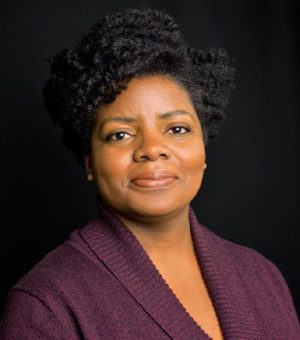Keep people in correctional facilities safe and healthy
Updated June 15, 2021
Prison and jail facilities have proved to be difficult places to implement public health measures like frequent hand washing and social distancing, and many of them have struggled. The American Rescue Plan (ARP) provides over $50 billion for states and local communities to implement measures that prevent virus transmission and reduce infection rates.
Funding Breakdown
| Name | Total Amount | Description | Administering Agencies | Eligible Entities | Distribution Mechanisms | End Date |
| Funding for COVID-19 Testing, Contact Tracing, and Mitigation Activities
|
$47.8 billion | Conduct activities to detect, diagnose, trace, and monitor COVID–19 infections and related strategies to mitigate the spread of COVID–19.
|
Department of Health and Human Services (HHS) | State, local, and territorial public health departments | Grants awarded through existing cooperative agreements and Centers for Disease Control and Prevention (CDC) vehicles, including the Epidemiology and Laboratory Capacity (ELC) Cooperative Agreement
|
Available until expended
|
| Funding for COVID–19 Vaccine Activities at the Centers for Disease Control and Prevention
|
$7.5 billion | Plan for, prepare for, promote, distribute, administer, monitor, and track COVID–19 vaccines.
|
CDC | State, local, tribal, and territorial public health departments | Base formula and alternative allocation grants | Available until expended |
| Funding for Community-Based Funding for Local Behavioral Health Needs | $50 million | Provide mental and behavioral health training, increase telehealth services, and expand mental and behavioral health preventive and crisis intervention services. | HHS | State and local governments, community nonprofits and health organizations | Grants | Available until expended |
The ARP provides for an additional $350 billion in State and Local Fiscal Recovery Funds for communities to address local fiscal priorities in response to the pandemic. Learn more about how to use these funds to advance safety and justice goals in our guide. State, local, and tribal governments can request recovery funds directly through the Treasury’s website.
Key Takeaways
1. Increase COVID-19 testing and contact tracing: States and local communities can use ARP resources for COVID-19 screening and testing supplies and equipment to allow for regular, broad-based testing that can quickly identify and contain virus outbreaks. ARP funds can also help build capacity for contact tracing within correctional facilities to prevent disease transmission.
2. Invest in mitigation measures: ARP resources can be used to implement an array of strategies to reduce the spread of COVID-19 within and among correctional facilities. This can include reconfiguring spaces for isolation and quarantine as well as expanding the use of virtual technology to minimize in-person contacts for programs and services.
3. Expand vaccine uptake in correctional facilities: Jurisdictions can prioritize COVID-19 vaccines for people incarcerated in correctional facilities using ARP resources. Funds can also be used to address vaccine hesitancy—particularly among corrections staff—including education on the increased risk of contracting the virus in correctional settings and incentives to encourage vaccination.
Other Resources
- Battling Vaccine Hesitancy in Jails
- Describes education strategies that Middlesex County, MA, has implemented to encourage vaccination in its corrections facilities
- Preparing People for Reentry: Checklist for Correctional Facilities
- Guides correctional staff as they implement reentry planning for people housed in their facilities
- Three Things to Know About Implementing Telehealth in Correctional Facilities
- Outlines key issues correctional facilities should keep in mind when implementing telehealth programs
Share Your Feedback
We would like to learn more about your plans to use American Rescue Plan funds to advance safety and justice priorities. Take our five-minute survey to help us better understand your community’s questions, plans, and needs.
About the Author











